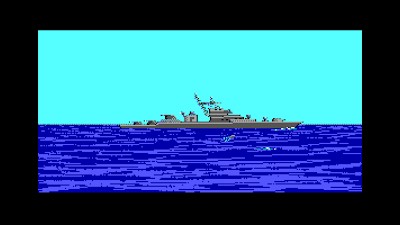Old Gamers Never Die: Learning the Ropes of 'Sea Power: Naval Combat in the Missile Age'

© 2024 Triassic Games/MicroProse As someone who came of age during the latter half of the Cold War, I’ve always been captivated by the scenarios in which tensions between NATO and the Warsaw Pact could have escalated into full-scale war. It’s not that I wished for a Third World War to erupt in the late 1970s and early 1980s during my brief flirtation with conservatism. True, I disliked the Soviet Union then as much as I dislike Vladimir Putin’s Russian Federation now. However, I desperately wanted sanity and diplomacy to prevail during those tense times. At the same time, I hoped that if a war between East and West did break out, our military forces—especially the U.S. and Royal Navies—would triumph in a Third Battle of the Atlantic. © 1988 MicroProse & Jack Ryan Enterprises, Ltd. It should therefore come as no surprise that many of the books, movies, and computer games I enjoy, even in my more liberal incarnation, center on actual Cold War incidents such as the Cuban M...



